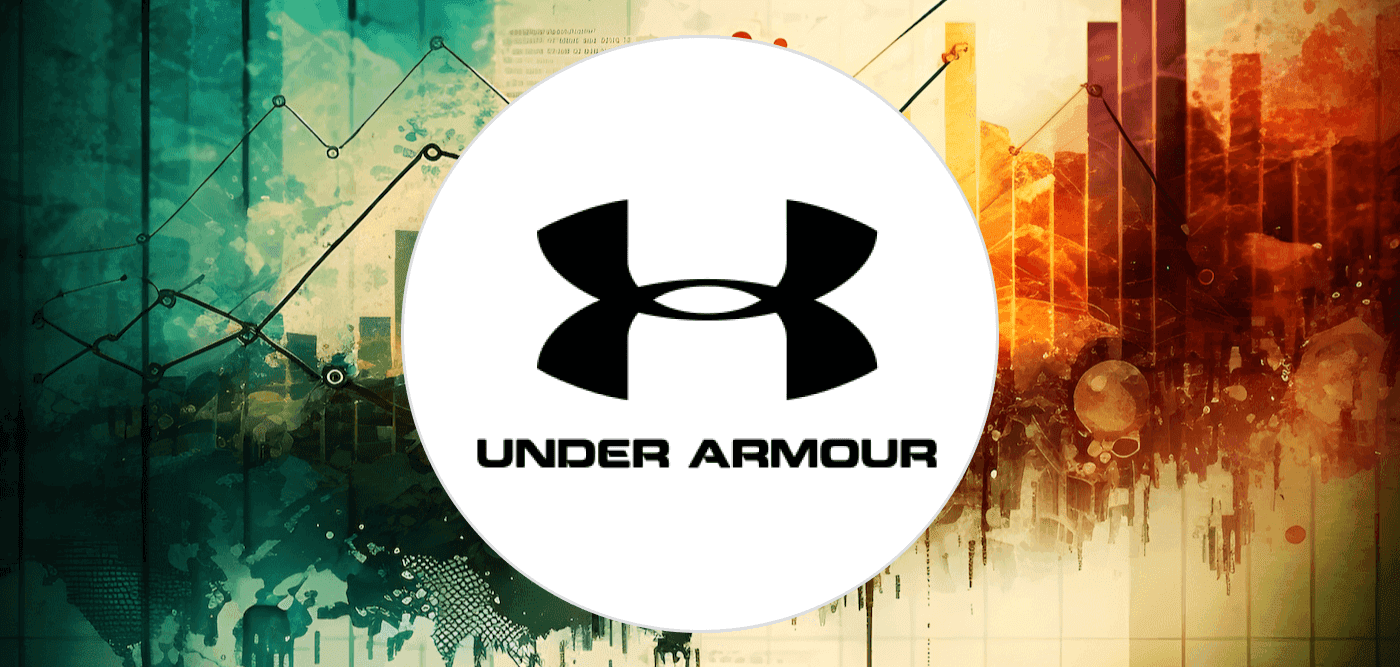Under Armour Inc. | Stock Analysis - Strengths, Weaknesses, and History
The strengths and weaknesses of Under Armour Inc.'s business model and its history as a sports apparel and footwear company.

Under Armour Inc. (UA) Company Profile
Under Armour is a leading sports apparel and footwear company that is known for its innovative and high-quality products. The company has a strong brand and a loyal customer base, which has helped it to generate consistent revenue growth and strong financial performance.
One of the key strengths of Under Armour is its focus on research and development, which has enabled the company to continuously improve its products and stay ahead of the competition. The company has also built a strong distribution network, which allows it to reach a wide range of customers through its own retail stores and third-party retailers.
Under Armour has a solid balance sheet and generates strong cash flows, which have enabled the company to fund its operations and make strategic acquisitions and investments. The company has also consistently delivered strong returns to shareholders, with a track record of growing dividends and share buybacks.
Overall, Under Armour is a financially strong and well-established sports apparel and footwear company with a strong brand and a reputation for producing innovative and high-quality products.
Strengths of Under Armour's Business Model
Under Armour is a leading sports apparel and accessories company with a strong brand presence and a diverse range of products. Some of the key strengths of Under Armour's business model include:
Strong brand recognition: Under Armour has a well-established brand and is known for its high-quality, innovative products, particularly in the performance apparel and footwear markets. This strong brand recognition has helped the company build a loyal customer base and drive sales.
Diversified product range: Under Armour offers a wide range of products, including performance apparel, footwear, and accessories for various sports and activities. This diversification helps the company to mitigate the impact of any downturns in a particular product category or market.
Strong partnerships: Under Armour has partnerships with major sports leagues, teams, and athletes, which helps to increase brand visibility and credibility.
Efficient distribution: Under Armour has a global distribution network, with company-owned stores, third-party retailers, and an e-commerce platform. This enables the company to reach a wide range of customers and effectively manage inventory and supply chain costs.
Product innovation: Under Armour has a strong focus on product innovation, with a team dedicated to research and development. This has helped the company to stay at the forefront of industry trends and offer new, high-performance products to customers.
Weaknesses of Under Armour's Business Model
Under Armour is a leading sports apparel and footwear company that has built a successful business model based on its innovative and high-quality products. However, like any company, Under Armour has its weaknesses.
One potential weakness of Under Armour's business model is its reliance on a narrow product range. While the company has a strong presence in the sports apparel and footwear markets, it does not have a diversified product portfolio and is therefore more vulnerable to changes in consumer preferences or trends in these markets.
Another weakness is the intense competition in the sports apparel and footwear industry, which can make it challenging for Under Armour to differentiate its products from those of its rivals and maintain its market share. The company must continuously innovate and invest in marketing and branding in order to remain competitive.
In addition, Under Armour's business model is exposed to risks related to changes in consumer spending patterns, as the company's products are considered discretionary purchases. If there is a downturn in the economy or a shift in consumer preferences towards cheaper alternatives, it could impact Under Armour's sales and revenue.
Finally, Under Armour relies on third-party distribution channels, such as retail stores and online marketplaces, to sell its products. This exposes the company to risks related to changes in the policies or practices of these platforms, which could potentially impact its ability to reach its target market and generate revenue.
Under Armour's Company History
Under Armour is a leading sports apparel and footwear company that was founded by Kevin Plank in 1996. The company has grown significantly over the years and has made a number of major achievements. Here is a timeline outlining some of the key milestones in Under Armour's history:
• 1996: Under Armour is founded by Kevin Plank, a former football player at the University of Maryland.
• 1998: The company launches its first product, a moisture-wicking undershirt.
• 2001: Under Armour goes public, raising $157 million in its initial public offering (IPO).
• 2006: The company launches its first line of women's products.
• 2008: Under Armour acquires MapMyFitness, a digital health and fitness platform.
• 2015: The company announces a major expansion of its manufacturing facilities and launches its first global marketing campaign.
Throughout its history, Under Armour has achieved a number of major milestones, including the successful IPO, the launch of its first line of women's products, and the acquisition of MapMyFitness.
The company has also consistently delivered strong financial results and has returned value to shareholders through dividends and share buybacks.
In addition, Under Armour has established itself as a leader in the sports apparel and footwear industry through its focus on innovation and high-quality products.
